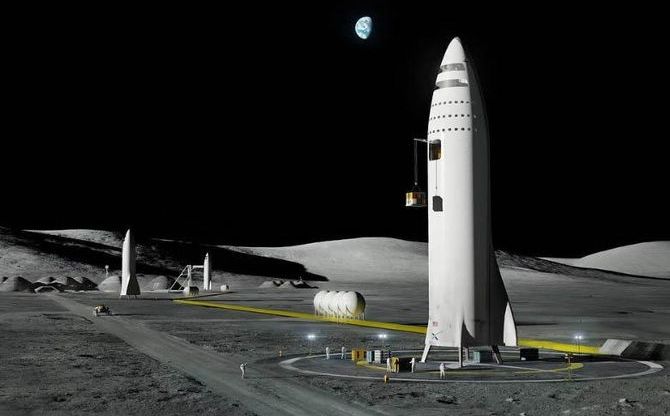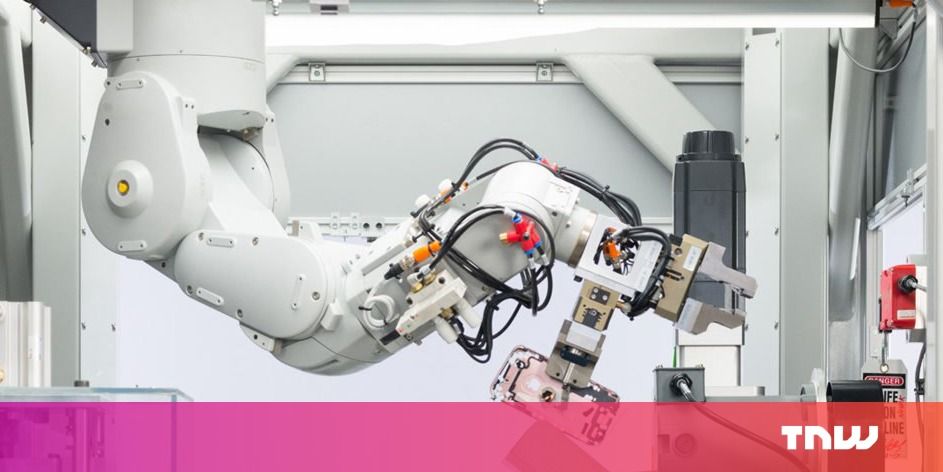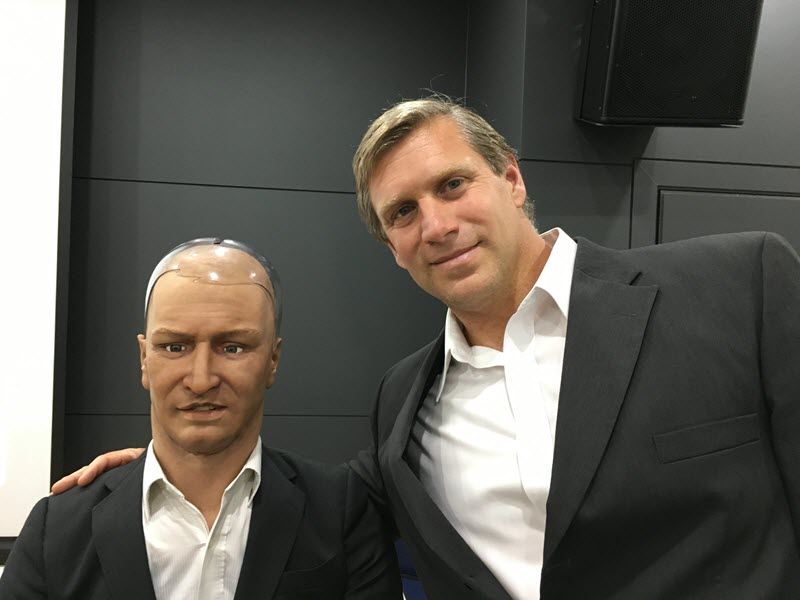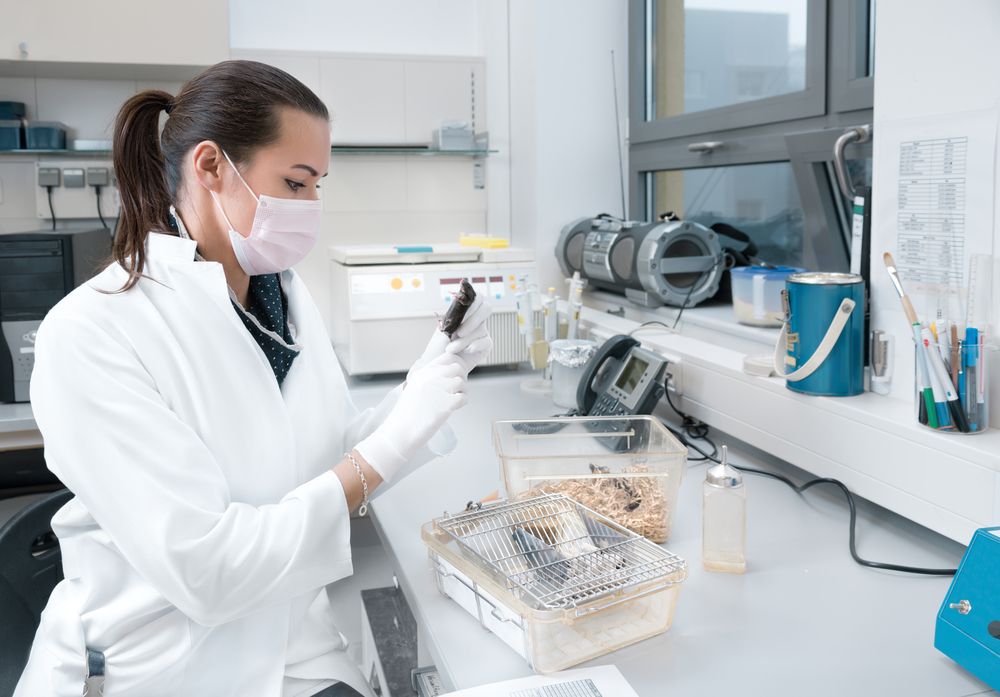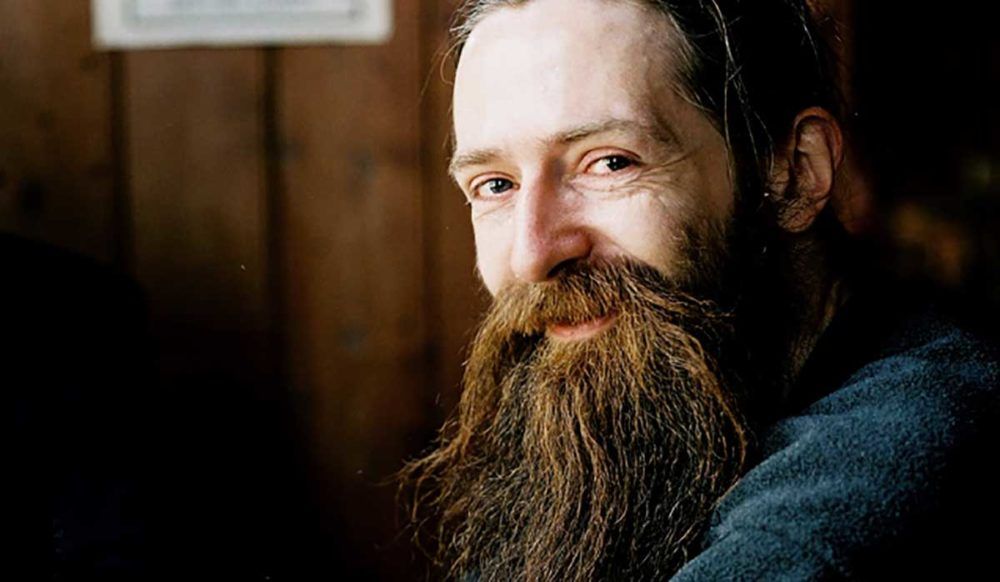Elon Musk’s planned BFR Mars rocket finds a home in Los Angeles. It’s oddly fitting for what could be a very historic spacecraft.
About a year ago, Apple made the bold proclamation that it was zeroing in on a future where iPhones and MacBooks were created wholly of recycled materials. It was, and still is, an ambitious thought. In a technologically-charged world, many forget that nearly 100 percent of e-waste is recyclable. Apple didn’t.
Named “Daisy,” Apple’s new robot builds on its previous iteration, Liam, which Apple used to disassemble unneeded iPhones in an attempt to scrap or reuse the materials. Like her predecessor, Daisy can successfully salvage a bulk of the material needed to create brand new iPhones. All told, the robot is capable of extracting parts from nine types of iPhone, and for every 100,000 devices it manages to recover 1,900 kg (4,188 pounds) of aluminum, 770 kg of cobalt, 710 kg of copper, and 11 kg of rare earth elements — which also happen to be some of the hardest and environmentally un-friendly materials required to build the devices.
In its latest environmental progress report, Apple noted:
Researchers in artificial intelligence can stand to make a ton of money. But this week, we actually know just how much some A.I. experts are being paid — and it’s a lot, even at a nonprofit.
OpenAI, a nonprofit research lab, paid its lead A.I. expert, Ilya Sutskever, more than $1.9 million in 2016, according to a recent public tax filing. Another researcher, Ian Goodfellow, made more than $800,000 that year, even though he was only hired in March, the New York Times reported.
As the publication points out, the figures are eye-opening and offer a bit of insight on how much A.I. researchers are being paid across the globe. Normally, this kind of data isn’t readily accessible. But since OpenAI is a nonprofit organization, it’s required by law to make these figures public.
“We Will Overcome Death”
Posted in internet
The largest plane ever built – backed by Microsoft co-founder Paul Allen and his company Vulcan Aerospace – is set to take full flight for the first time within months.
Known as Stratolaunch, the huge aircraft is so big that it requires two cockpits and six jet engines to take off.
The aircraft also has a wingspan of 385 feet, over a hundred more than the average football pitch.
Today we will be looking at new research that may provide a new treatment option for those suffering from chronic obstructive pulmonary disease.
What is Chronic obstructive pulmonary disease?
Chronic obstructive pulmonary disease, or COPD, is a progressive respiratory disease characterized by shortness of breath and cough with sputum production. It generally takes a long time to develop, so it is more common in people who are at least forty years old.
Happy birthday to dr. aubrey de grey bigsmile
How many biologists does it take to make nontrivial progress on an unsolved mathematical problem for the first time in nearly 70 years? The answer is one, at least if the biologist is Dr. Aubrey de Grey, the pioneer of the repair approach to aging.
Yes, you read that right. Today, in occasion of Dr. de Grey’s birthday, we’ve decided to take a short break from biology and rejuvenation to tell our readers about the recent scientific achievement of one of the world’s most famous biogerontologists—unexpectedly, but pleasantly so, in the field of mathematics.
The chromatic number of the plane
